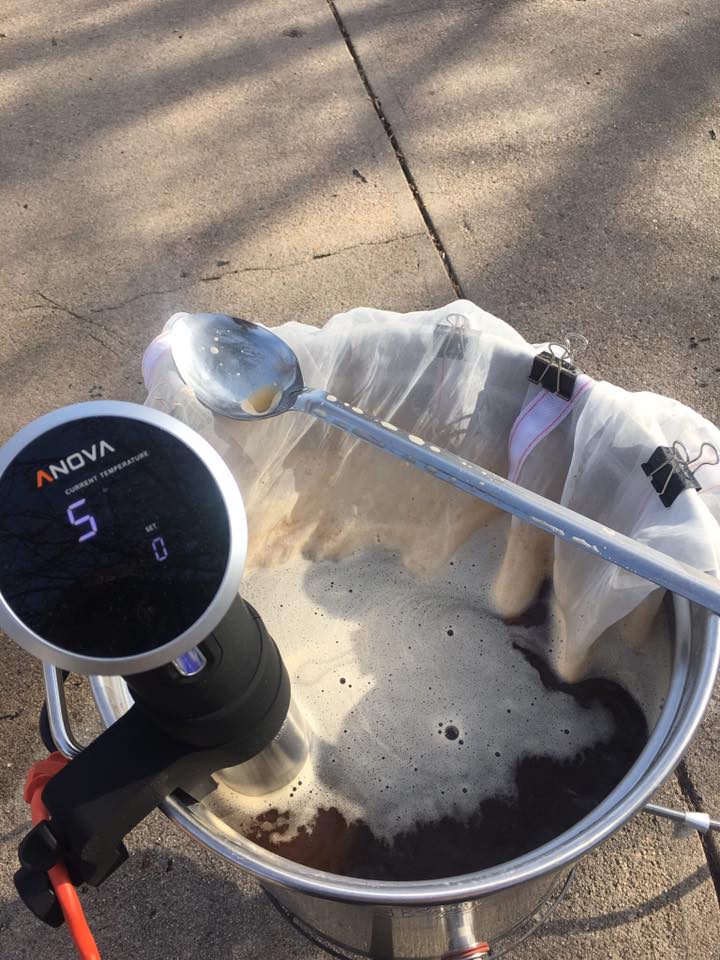PrivateWiddle
Member
There's quite a few people doing this now. There's a facebook group called Sous Vide Beer Brewing (link in my profile but not sure if ok to post it here).
I use an external heat source (induction hob) for getting to strike temperature and then hold using the sous vide device. Its perfectly able to ramp temperatures that are not too far from each other (beta/alpha/mash out). Obviously the boil is done using external heat.
If you are interested in this then please run by our group.
I use an external heat source (induction hob) for getting to strike temperature and then hold using the sous vide device. Its perfectly able to ramp temperatures that are not too far from each other (beta/alpha/mash out). Obviously the boil is done using external heat.
If you are interested in this then please run by our group.





























![Craft A Brew - Safale S-04 Dry Yeast - Fermentis - English Ale Dry Yeast - For English and American Ales and Hard Apple Ciders - Ingredients for Home Brewing - Beer Making Supplies - [1 Pack]](https://m.media-amazon.com/images/I/41fVGNh6JfL._SL500_.jpg)





























